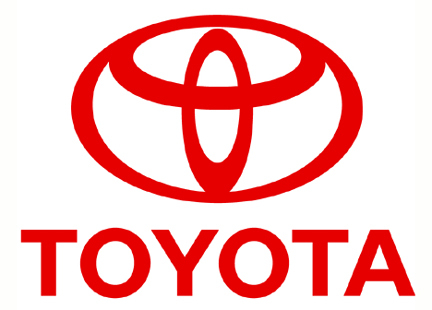Patent Awarded to Toyota Engineer May Help Improve Congestion and Driver Safety
 |
ANN ARBOR, MI--June 23, 2014: Hideki Hada has worked in the automotive industry since 1989. During that time, he has seen increased concern from the government and people when it comes to automotive safety. As these concerns have risen, Hideki’s have risen with them. That is why in 2004 he joined Toyota Technical Center (TTC) as a Senior Engineer for the creation of government –industry collaborative projects to develop new wireless technologies for advancing active safety systems. Ten years later, Hideki is the General Manager of the Integrated Vehicle Systems Department at TTC.
Safety still remains one of Hideki’s main concerns today. He and others recognize that many accidents occur in heavy traffic areas and traffic is something that almost all people face at some time during their daily commute. When Hideki looked to tackle the challenge of improving traffic flow, he knew that this could also improve safety. This is exactly what lead to the patent he received for Vehicle Speed Indication using Vehicle-Infrastructure.
The idea behind Vehicle Speed Indication using Vehicle-Infrastructure is to improve traffic flow by dynamically adjusting posted speed limits on highways. The way this is done is through vehicle to vehicle communication.
Hideki explains it this way, “Cars transmit their actual traveling speed to highway infrastructure via Dedicated Short Range Communication (DSRC). The highway infrastructure management system collects that data and calculates an optimal traveling speed of vehicles on that highway based on the traffic condition in the area. This optimal traveling speed is sent to vehicles again using DSRC wireless communication. By these vehicles following this suggested traveling speed, the flow on the highway is improved (smoother, no congestion).”
In other words, if there is congestion 5 miles ahead, by slightly slowing the vehicle speed, for example from 70mph to 67mph, we can delay the arrival time of those vehicles to the congested area. This will prevent worsening congestion and can potentially resolve it, while also improving safety for drivers.
When asked about what this could mean for future vehicles, Hideki said “It is an exciting time for us because both the industry and government are working together to realize this vehicle-to-infrastructure wireless communication technologies in the US (i.e. 5.9GHz DSRC). Toyota has been contributing a large scale field operational test of this 5.9GHz DSRC technology at our Ann Arbor, Mich., campus and proven the feasibility of this technology which can contribute to the improvement of vehicle safety and create the foundation for future connected-and-automated driving systems.”
Hideki of course acknowledged that this was not a one man project, “This patent signifies TTC’s capabilities to create innovative ideas for the future transportation systems and I am happy to be a member of this great team.


